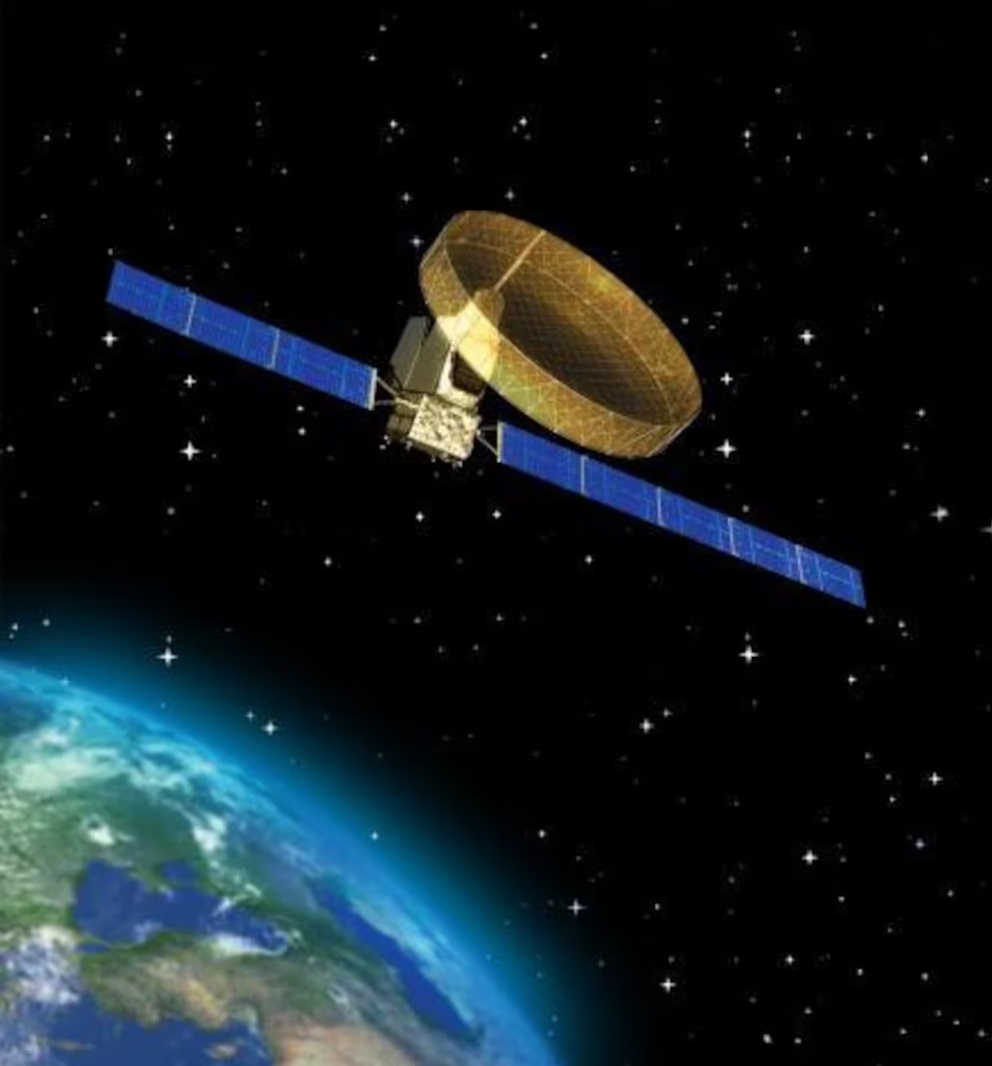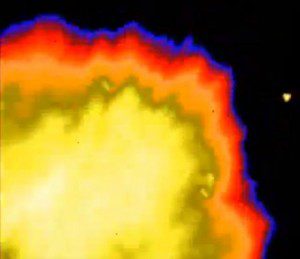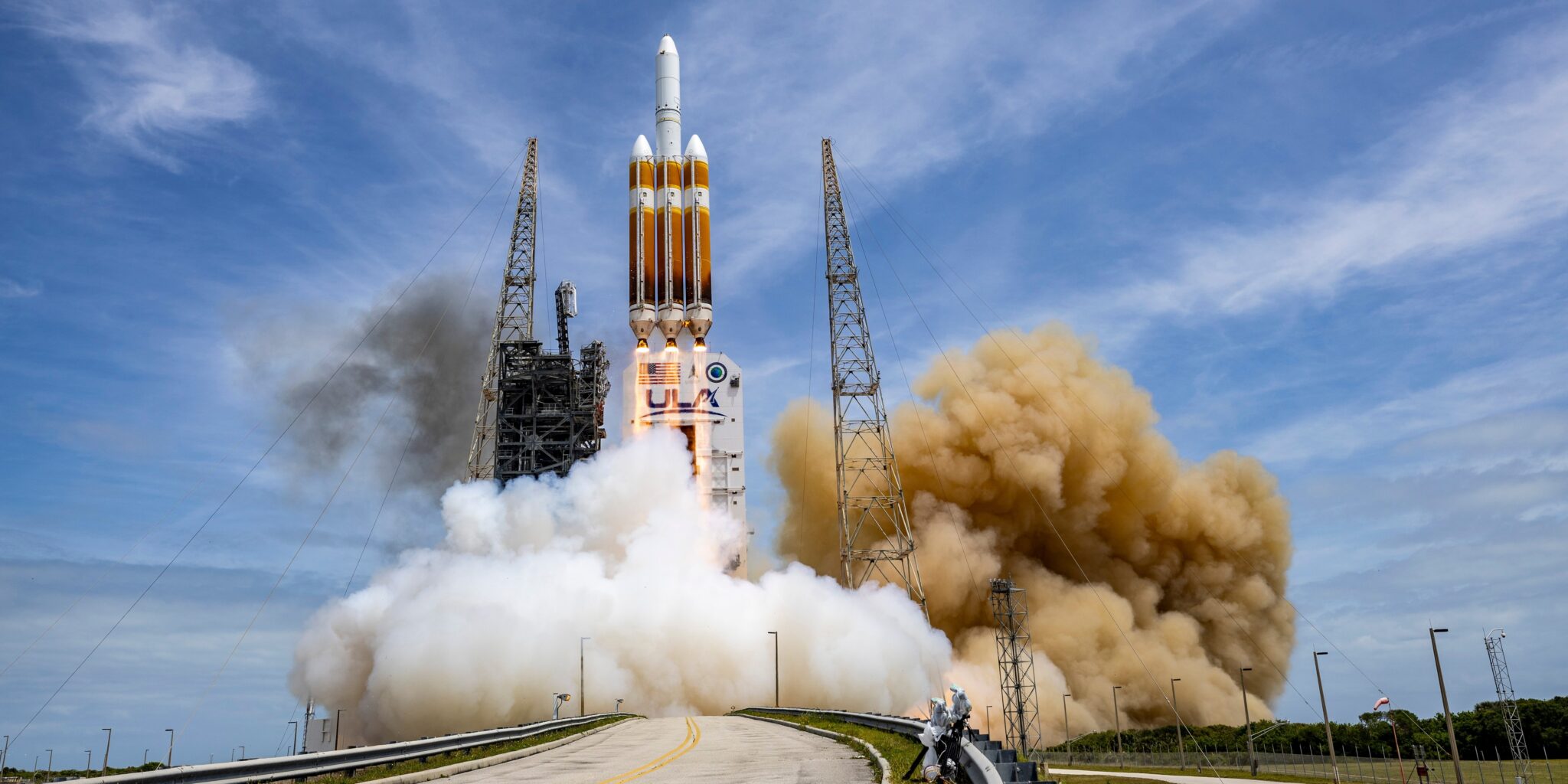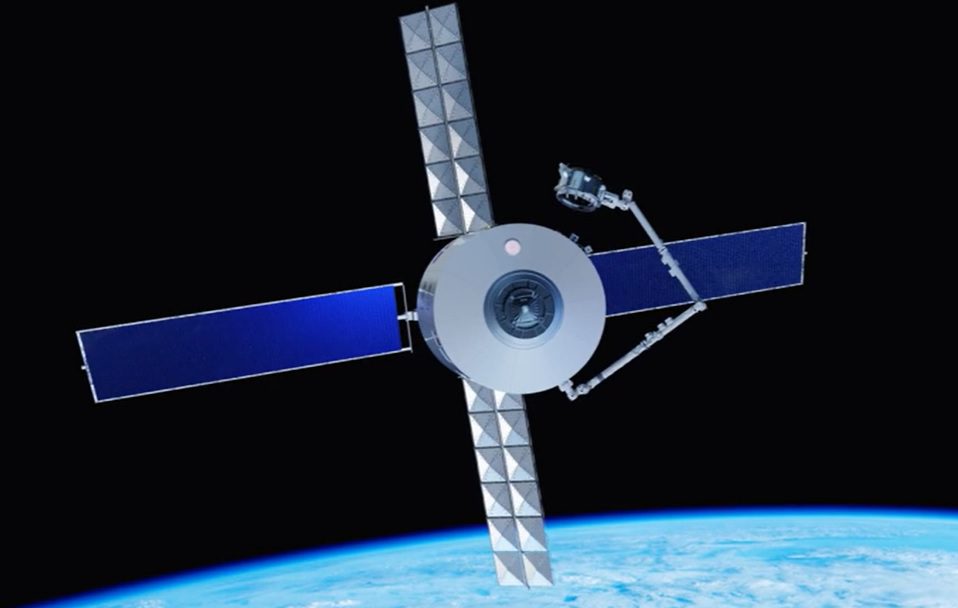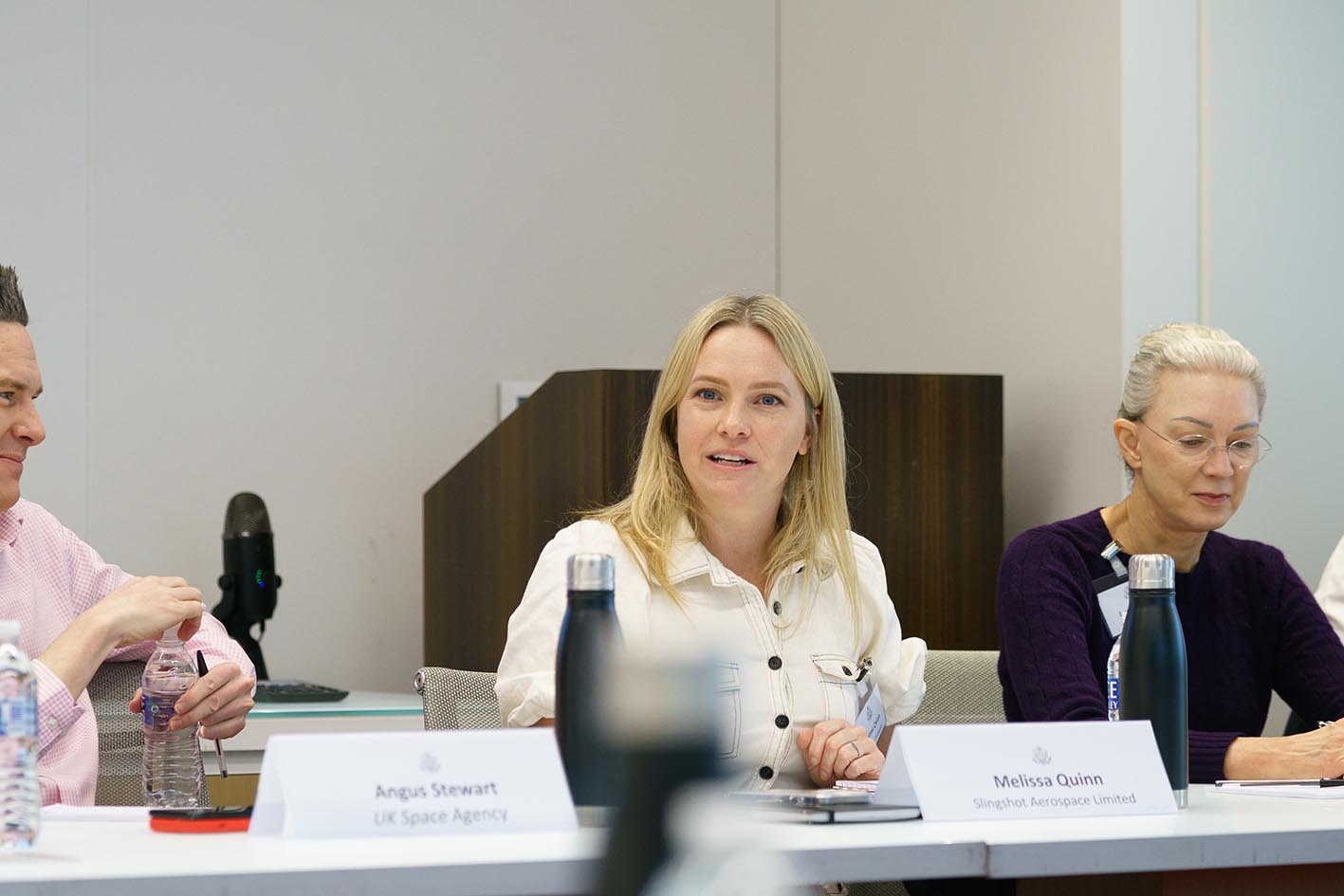While Russia is somewhat unrealistically advertising for candidate cosmonauts to go to the Moon (Roscosmos does not currently have a heavy-lift rocket to get them there), the prospect of NASA astronauts getting there is strengthening. This is after the Trump administration released its proposed budget for NASA. While there is a small actual and real terms cut, NASA’s funding only falls slightly from its current US$19.3 billion to US$19.1 billion for the next fiscal year.
Meanwhile, there has also been a change of emphasis imposed upon NASA. The unloved NASA Asteroid Redirect Mission (ARM) which had been previously derided by many as being both a waste of money and unambitious (the asteroid was soon turned into a boulder), is likely to be cut under the new plan.
Instead, NASA will be funded to mount missions to the Moon, which is expected to benefit the SLS and Orion programmes most noticeably in the short term. This has been specifically mentioned in the NASA Transition Authorization Act of 2017, which has passed Congress and is now signed into law. It directs NASA to achieve this. The Trump Administration intends to control the space programme more tightly and has brought back the National Space Council – in effect, a steering committee chaired by US Vice President Mike Pence.
However, there have also been less popular cuts. Donald Trump has always been on the sceptical end of the global warming argument and NASA’s climate change monitoring mission is effectively suffering a 5 per cent cut in its Earth science budget of US$102 million. This will threaten or even end programmes for the Orbiting Carbon Observatory-3, the ocean monitoring PACE mission and the CLARREO pathfinder missions, which measure the Earth’s atmospheric heat budget.
Meanwhile, the Trump administration seems set on ending NASA’s education mission, which encourages youngsters to become involved in science.

